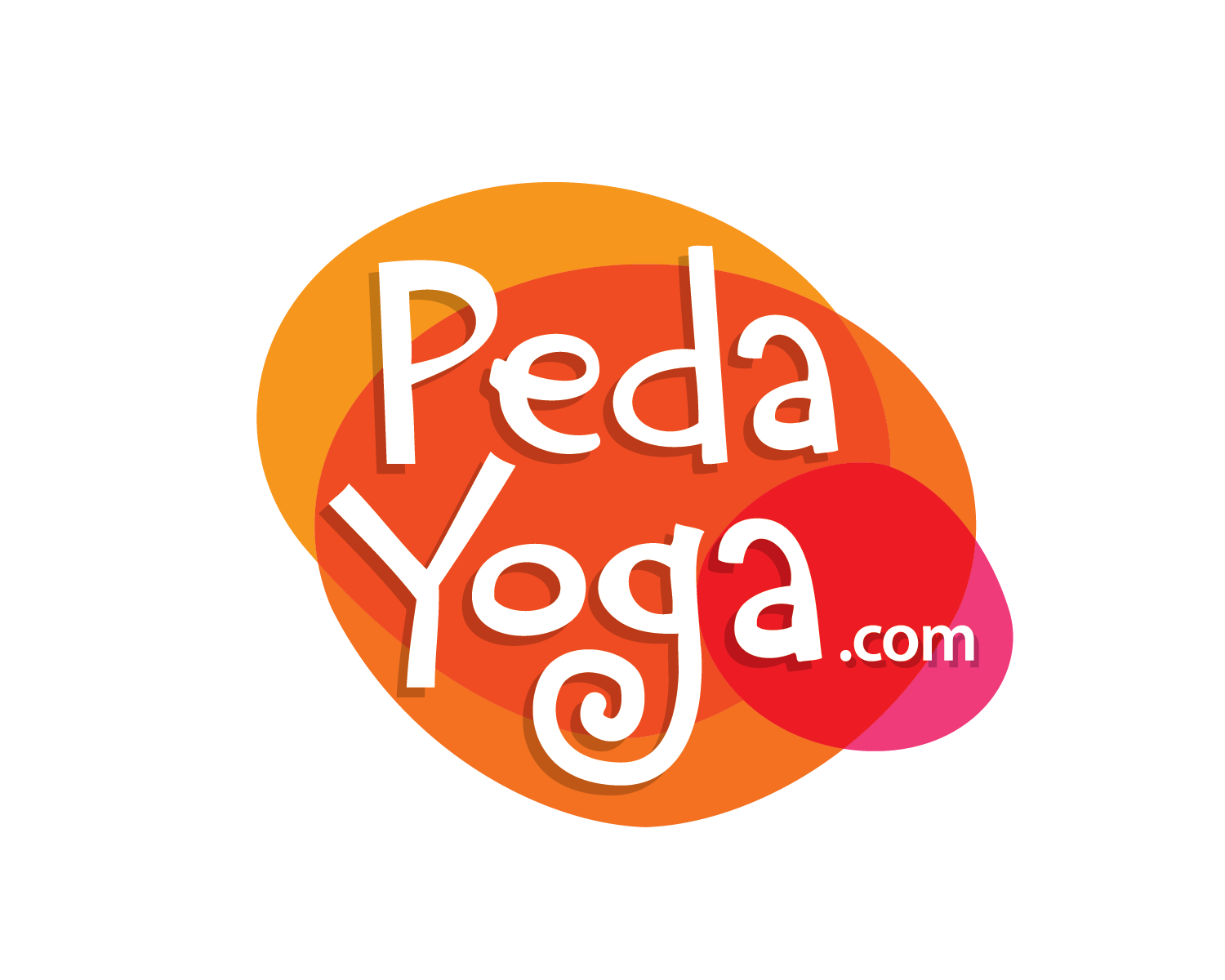In today’s fast-paced world, children face a range of challenges, from school pressures to social stressors and even early exposure to digital overload. Introducing kids to yoga and mindfulness practices through methods like Pedayoga can provide them with lifelong tools for emotional, physical, and mental well-being. Recent research supports the growing trend of integrating yoga into children's routines, highlighting its effectiveness in reducing anxiety and improving focus.
What is the Pedayoga Method?
Pedayoga is a specialized form of yoga tailored for children. It integrates playful activities, engaging stories, and mindfulness exercises to create a safe and fun environment where children can learn to connect with their bodies and minds. Designed to suit the developmental needs of kids, Pedayoga blends traditional yoga postures with creative, child-friendly elements that encourage physical fitness and emotional balance.
Why Yoga for Kids?
Yoga offers children a host of benefits, both physically and mentally. In a world where kids are increasingly tethered to screens and face mounting academic and social pressures, yoga provides a space for them to unwind, explore movement, and learn mindfulness techniques. A study published in the Journal of Developmental & Behavioral Pediatrics found that yoga helped reduce symptoms of anxiety and stress in children by up to 40%. Another study by the National Institute of Health showed that mindfulness practices like yoga improve emotional regulation in children, making them less likely to act out or become overwhelmed by stress.
Challenges Faced by Kids Today
Children today are dealing with a unique set of challenges. From managing schoolwork and extracurricular activities to balancing social relationships, they face pressure that can lead to stress, anxiety, and even depression. The World Health Organization (WHO) estimates that 10-20% of children and adolescents globally experience mental health disorders, with anxiety being one of the most common. Attention disorders, such as ADHD, are also becoming more common, affecting children's ability to focus in school. Additionally, with the rise of technology, kids are often less active, leading to physical issues like poor posture and decreased fitness.
How Yoga Addresses Children's Challenges
Yoga, particularly through a method like Pedayoga, provides children with tools to face these challenges head-on. Through physical movement, yoga helps release pent-up energy and improve physical fitness, addressing the inactivity often seen in today's kids. Meanwhile, mindfulness techniques like focused breathing help children calm their minds and center their emotions, which is especially beneficial in stressful situations.
Physical Benefits of Yoga for Children
Physically, yoga helps kids improve their flexibility, balance, and coordination. These are crucial for their growing bodies, which are constantly changing. Unlike high-impact sports, yoga is gentle yet effective, making it accessible for children of all abilities. A 2016 study published in the International Journal of Yoga found that children who participated in regular yoga sessions showed a 20% improvement in motor skills and physical strength. Regular yoga practice helps develop core strength, promotes better posture, and enhances motor skills, which are essential during early childhood development.
Emotional and Mental Benefits
Beyond the physical, yoga offers profound emotional and mental benefits. By practicing yoga, children learn to manage stress and anxiety, which is critical in today’s competitive, high-pressure environment. The American Psychological Association (APA) cites research indicating that mindfulness practices like yoga can reduce symptoms of anxiety by up to 32% in children. The mindfulness practices embedded in yoga teach kids how to stay present, focus on the moment, and develop emotional resilience. These skills translate into better self-regulation, improved mood, and enhanced concentration both in and outside the classroom.
Mindfulness for Children: Why It's Crucial ?
Conclusion
Frequently asked questions
What age group is the Pedayoga method suitable for?
Pedayoga is designed for children as young as three years old, with adaptations available for all age groups. The method grows with the child, becoming more complex as they develop.
How does yoga benefit kids with attention issues?
Yoga improves concentration and focus by teaching children mindfulness and how to manage distractions. It's particularly effective for children with ADHD or similar attention disorders. Studies indicate that children with ADHD who practice yoga show improvements in attention and hyperactivity levels by as much as 17%.FAQ 2 description
How often should children practice yoga?
Children can practice yoga as often as they like. Even short daily sessions of 10-15 minutes can have significant benefits.
Can children with special needs practice Pedayoga?
Yes, Pedayoga is inclusive and can be adapted to meet the needs of children with a wide range of abilities, including those with physical or developmental challenges.
What role do parents play in Pedayoga?
Parents can support their child's yoga practice by creating a mindful environment at home and encouraging regular practice. Practicing together can also be a bonding experience.
Is Pedayoga taught in schools?
Yes, many schools are beginning to incorporate Pedayoga and similar methods into their curriculum to help students manage stress, improve focus, and promote physical activity.


